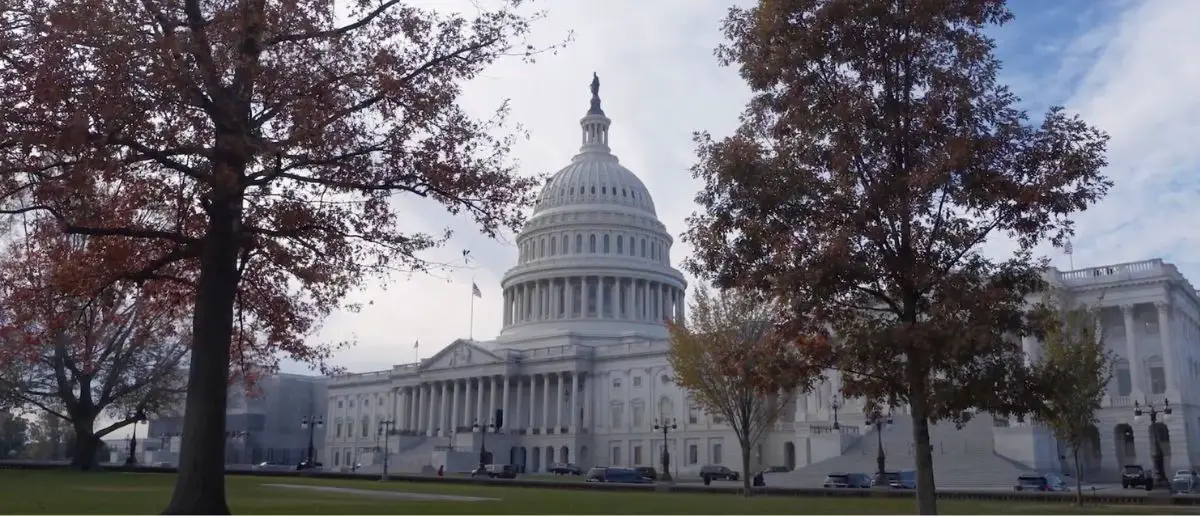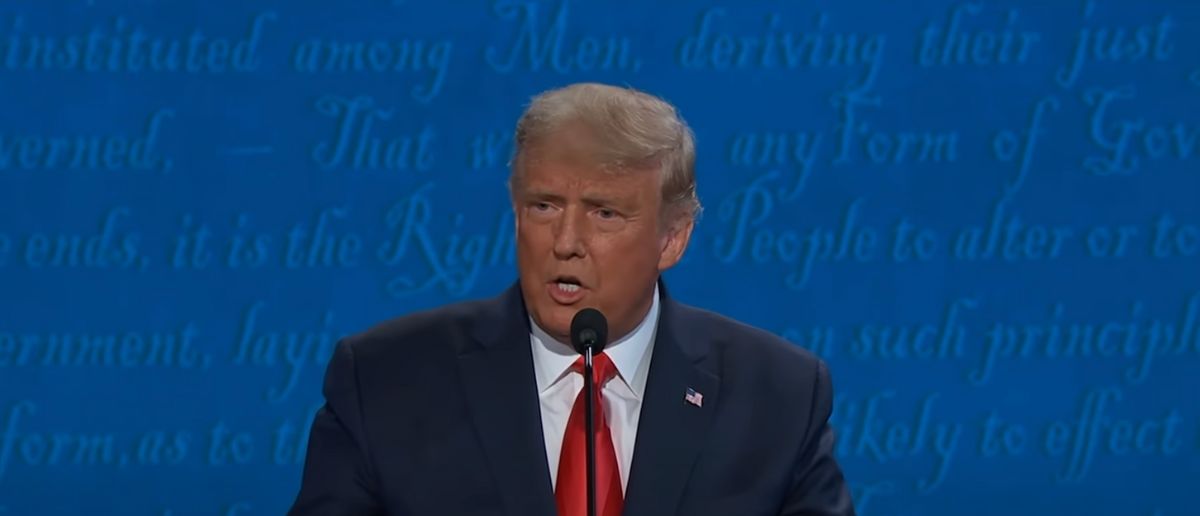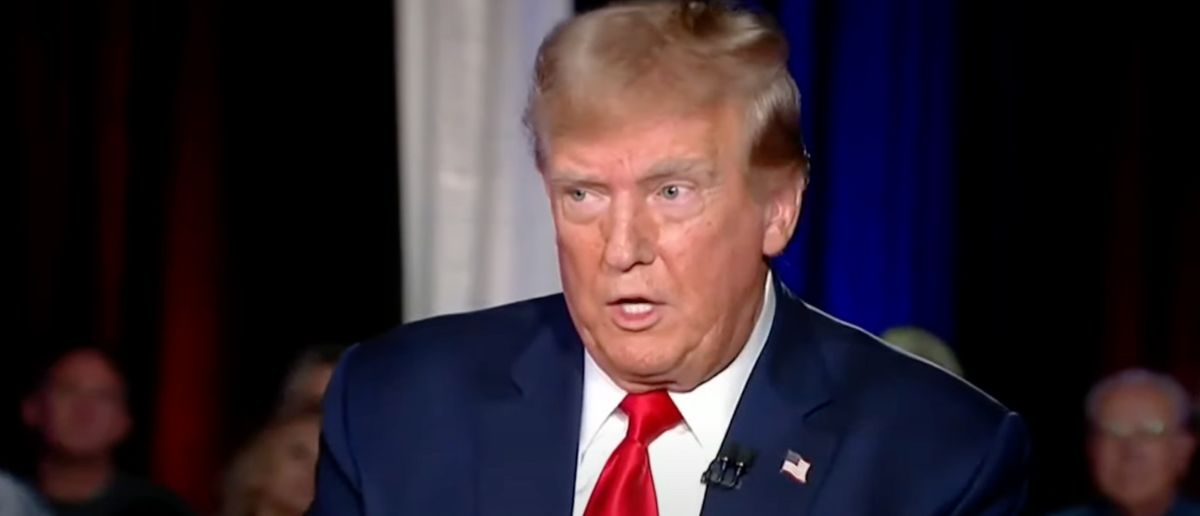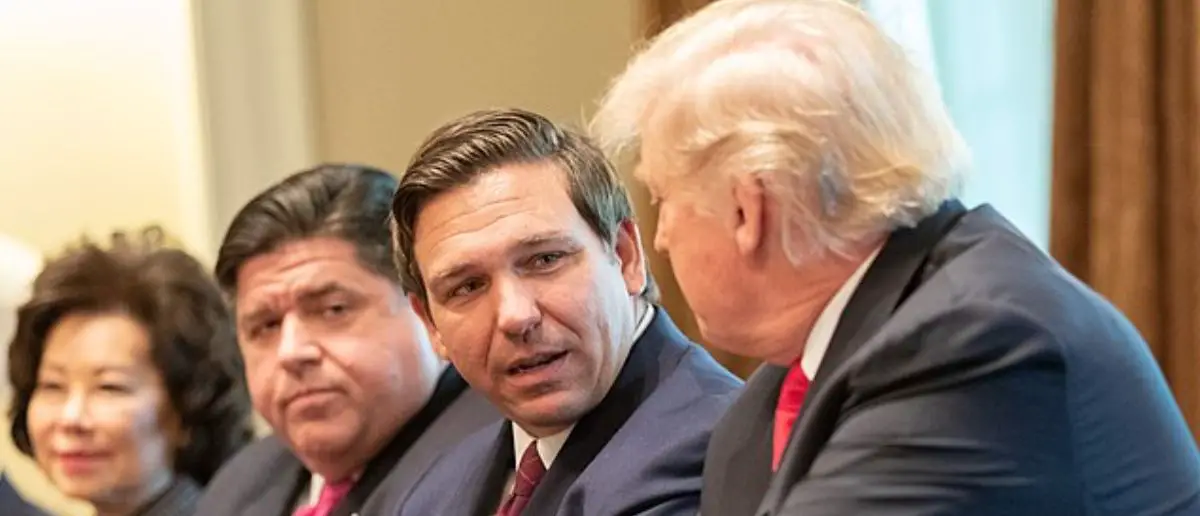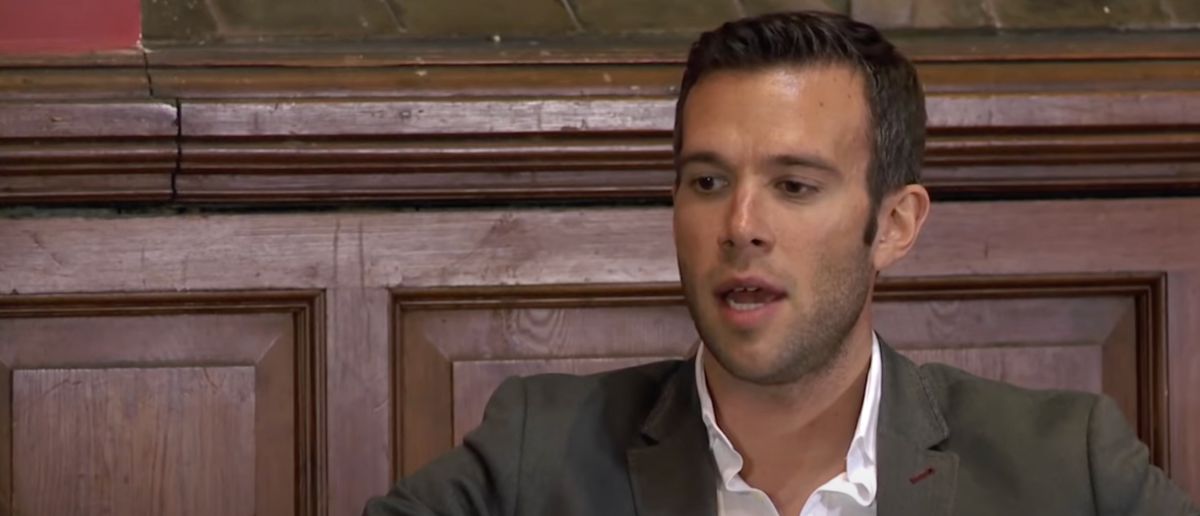Trump thrown for a loop by this surprising U.S. Senate news
Donald Trump is struggling to earn U.S. Senate support. Without it, the next four years will be rough.
That’s why Donald Trump was thrown for a loop by this very surprising Senate news.
One of Donald Trump’s most controversial picks is certainly Robert F. Kennedy Jr., who has been tapped to head the Department of Health and Human services in the second Trump administration. He’s an outsider with views that don’t line up well with the mainstream media and the political establishment. He has no problem challenging the status quo.
Seeing him confirmed to head up the HHS was always going to be an uphill battle for Donald Trump and his crew. The Washington, D.C. brass truly does not want someone like Mr. Kennedy to come into a major position like that and start making real change. It’s called the “Swamp” for a reason, mind you.
Yet, there may be life for Robert F. Kennedy Jr. in the way of actually being able to be confirmed by the U.S. Senate chamber. This lifeline comes completely unexpectedly and from the last person anyone would have guessed. That is U.S. Senator Bernie Sanders from Vermont.
Say what you will about Bernie Sanders. Yeah, he’s certainly got awful economic ideas. He’s a communist and a socialist at heart in many ways. But you can’t say that he’s a bought-out politician like so many in the Washington, D.C. Swamp are. He does have a degree of anti-establishment to him, even if it’s misplaced.
Bernie Sanders has recently made extremely favorable comments about Donald Trump’s pick for the head of the HHS, saying that Kennedy has a ton of really strong criticisms for the U.S. food industry. He acknowledges that Kennedy is right to point out that there are potentially dangerous ingredients being put in so much food in America just to improve profit margins and profitability.
Bernie Sanders Praises Robert F. Kennedy Jr. on Food Industry Critique, But Dismisses Some of His Views as “Crazy”
Senator Bernie Sanders (I-Vt.) expressed support for Robert F. Kennedy Jr.’s critical stance on the food industry’s role in America’s growing health crisis. In an interview with CBS News on Thursday, Sanders agreed with Kennedy’s assessment of the food industry’s priorities, emphasizing that profit-driven motives have led to a disregard for the health of the American people. “I think what he’s saying about the food industry is exactly correct,” Sanders stated. “I think you have a food industry concerned about their profits, could care less about the health of the American people. I think they have to be taken on.”
In recent days, Sanders, who co-chairs the Senate health committee, has found common ground with Kennedy, particularly on issues of processed food and corporate greed. Sanders, echoing Kennedy’s concerns, underscored the magnitude of chronic illness in the United States, calling it “just extraordinary.”
He continued, “When Kennedy talks about an unhealthy society, he’s right.” Sanders further emphasized that the food industry is contributing to this crisis by producing food that leads to obesity, diabetes, and other serious health issues in children. “We want our people to have long lives, productive lives, happy lives,” Sanders said. “That’s what we want, and if the industry is giving our kids food that’s making them overweight, leading to diabetes and other illnesses, clearly that’s an issue that we’ve got to deal with.”
However, Sanders also distanced himself from some of Kennedy’s other controversial views, particularly his opposition to vaccines and his desire to remove fluoride from public water. Sanders described these positions as “kind of crazy” and “extremely dangerous.” While Sanders acknowledged that Kennedy’s critique of the food industry had merit, he was cautious about fully endorsing all of Kennedy’s stances, stating, “some of what he’s saying is not crazy.”
Kennedy, who has been nominated by former President Donald Trump to lead the Department of Health and Human Services (HHS), faces a tough confirmation process in the Senate. His criticism of federal health regulators, whom he has labeled as “sock puppets” of industry interests, and his pledge to dismantle parts of the Food and Drug Administration (FDA) accused of corruption, has raised concerns. Despite his skepticism toward vaccines, Kennedy has stated that he does not plan to revoke access to them for Americans who choose to receive them.
“If vaccines are working for somebody, I’m not going to take them away. People ought to have a choice, and that choice ought to be informed by the best information,” Kennedy told NBC News last month. He emphasized the importance of scientific safety studies to allow individuals to make informed decisions about vaccines.
In a surprising twist, Sanders also offered rare praise for billionaire entrepreneur Elon Musk, calling him a “smart guy” despite his previous criticism of Musk as a threat to democracy. “If somebody on the other side has a good idea, sure, I’ll work with them,” Sanders said in an interview with Business Insider. Sanders specifically acknowledged Musk’s call for an independent audit of the U.S. Department of Defense as a proposal worthy of consideration.
Sanders’ comments come as Musk, along with former Republican presidential candidate Vivek Ramaswamy, has been tapped by Trump to co-lead the newly-established “Department of Government Efficiency,” a largely ceremonial position aimed at streamlining government operations. Despite past tensions with Musk, Sanders’ willingness to collaborate on specific issues marks an unexpected moment of bipartisan cooperation.
The betting markets are undecided on whether or not Robert F. Kennedy Jr. will actually be confirmed to the position to head up the Department of Health and Human Services. Largely this is due to how silent so many Senators are being right now about how they feel about RFK and his potential new job.
The famous political betting market Polymarket currently shows RFK as having a 69% chance of being confirmed during the second Trump administration. Earning a vote from Bernie Sanders to confirm RFK would be a major indicator that Mr. Kennedy just might pull it off.
Stay tuned to the DC Daily Journal.




